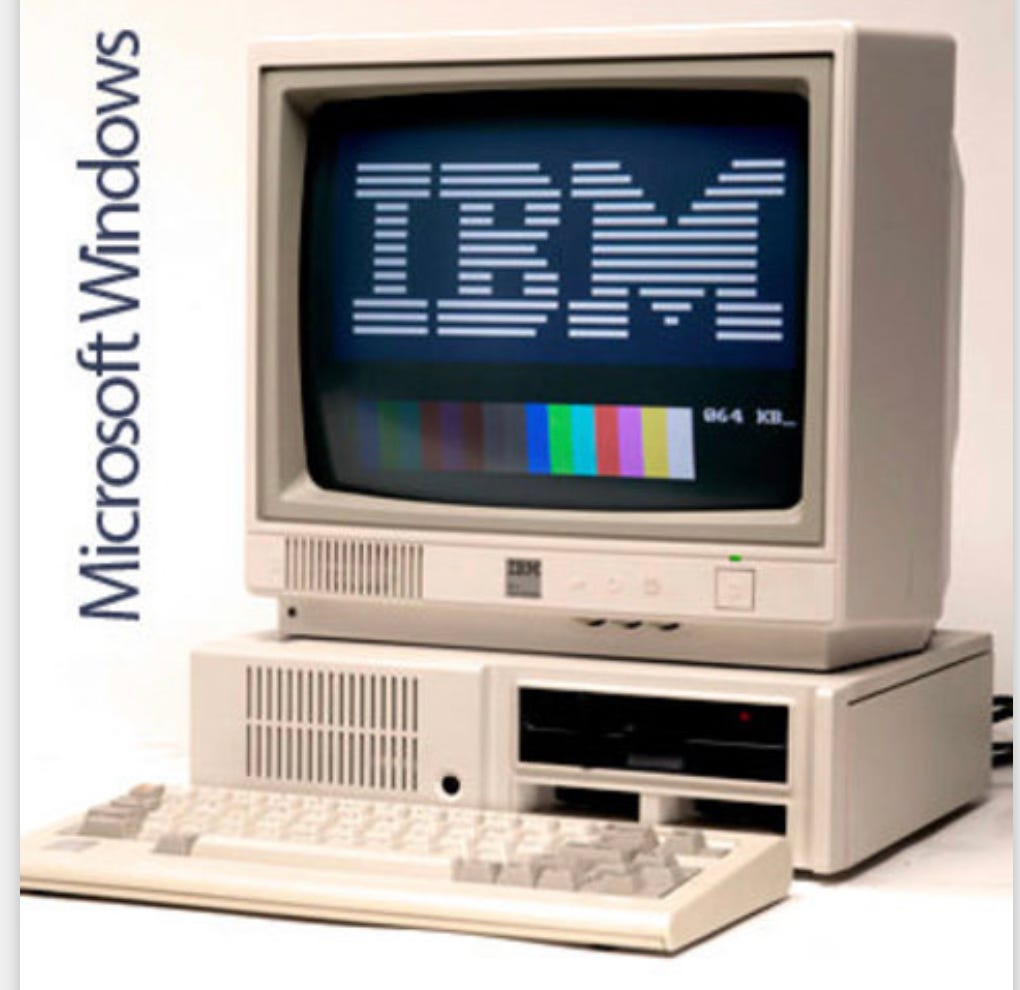T-shaped people
You’ve probably heard about ‘T -shaped’ people before.
The theory goes that it’s advantageous for businesses to hire people with deep knowledge in a single area who can also collaborate empathetically with different teams within a company.
The top part of the ‘T’ implies empathy and the ability to collaborate, and the downward part is the person’s deep domain knowledge.
It’s not entirely clear who first developed the concept and coined the phrase ‘T shaped’ people.
According to McKinsey they were using the term internally from the 1980s onwards. Whilst this is entirely feasible it’s a pity they didn’t show their work 😉
Apparently, the first public use of the concept was by David Guest in 1991 who wrote a piece in the Independent called “The hunt is on for the Renaissance Man of computing”.
It was definitely Tim Brown at IDEO who brought the concept into the mainstream in the early 2000s.
Regardless of who we decide to credit, this metaphor is somewhere between 30 and 40 years old.
Being this old isn’t inherently bad but it is out of date, and here’s why:
Technology, Society, (and more recently - Office work) have all been completely transformed since the 1980s.
This was the top of the range PC when the concept of T-shaped people was developed
But it’s the changes in technology that are most important when considering cross-functional teams. The main changes are:
Increasing access and speed of the internet.
Computer processing power doubling every other year ( Moore’s law)
Smart phone technology
Low code / No code
We’re at a point in time (2021) that there are so many SaaS companies and Low code / No code solutions to technical problems, that someone with the correct aptitude and drive can become highly proficient in multiple functions within a business.
If they have access to the internet, anyone can learn anything from anywhere on earth. All they need is the cognitive capacity and the desire to learn. 🥳
What is a supergeneralist?
The term ‘supergeneralist’ originates from ecology.
Certain species of plants and animals can interact with many more species in many more environments than scientists would normally expect.
Supergeneralists differ from generalists, who can survive in a wide range of environments but are limited in their capacity to interact with other species.
They also differ from specialists, who are extremely well suited to a particular environment but, again, only interact with a small number of other species.
Supergeneralists can survive in a wide range of environments and interact with lots and lots of different species.
Why does this matter?
Transposing the supergeneralist concept from ecology - into startups, is a more relevant way of thinking about cross-functional people.
We’re at a point where there are lots of cross-functional people who are not adequately represented by the ‘T shaped’ concept and are actually functioning at deeper levels across multiple business functions.
The image below is a representation of broad collaborative qualities and multiple areas of deep domain knowledge.
Over the years, I’ve been lucky to meet and work with many supergeneralists, doctors who are entrepreneurs, visual designers who code and build hardware, and data scientists who are also product managers.
These people don’t fit into the ‘T-shaped’ model. They’re supergeneralists, and technology has supercharged them.
If you enjoyed this article, it would really help if you subscribe & share 🙌







